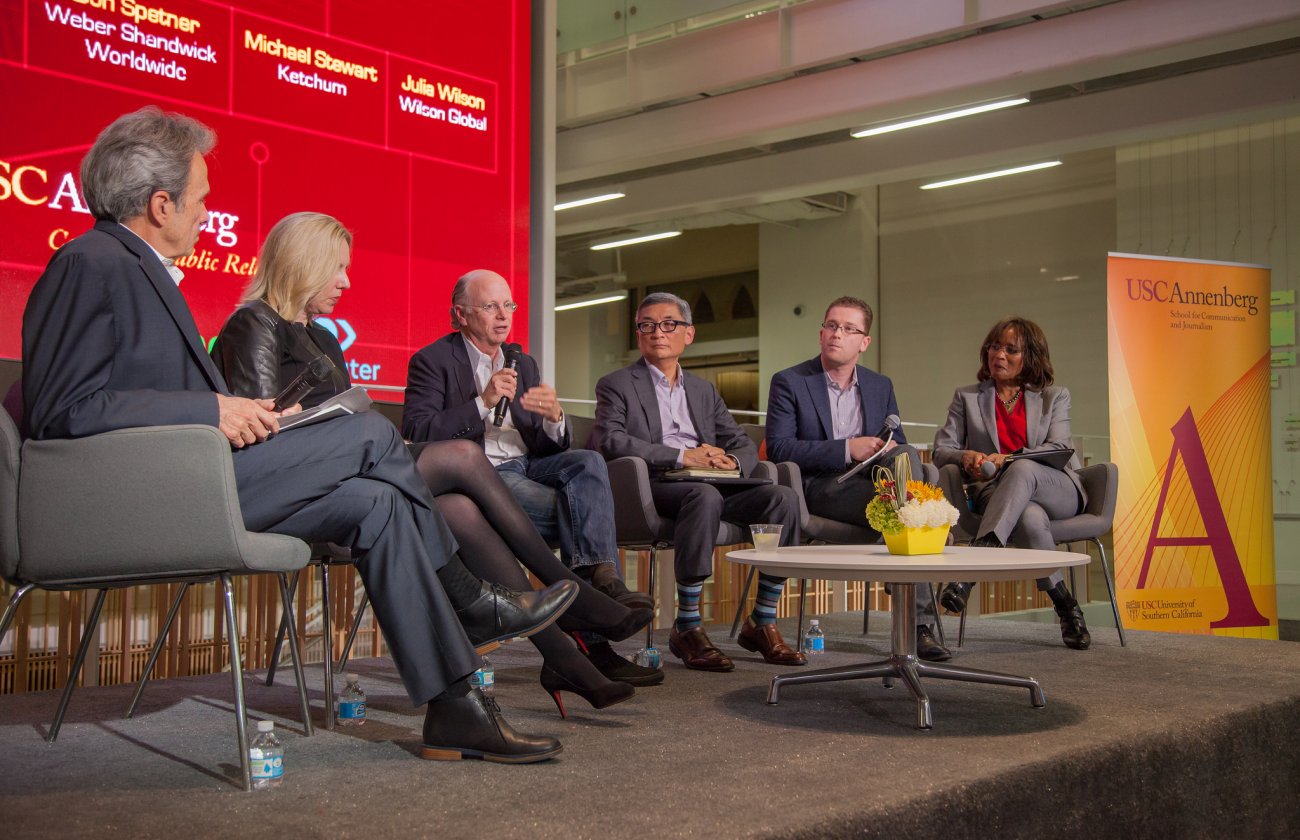Diversity can often be just a buzzword or an easily traded form of corporate capital, but it's also an area of intense interest to those studying media and culture. For graduate students pursuing research in the field, there hadn't been a place for serious intellectual discussion of diversity or the sharing of work — until now.
This summer USC Annenberg held the first annual Summer Institute on Diversity in Media and Culture. Twenty doctoral students from around the country gathered on USC's campus to create "an energizing intellectual space to talk about all this stuff, to get feedback on their work, and to start a larger national conversation about diversity in media in the field of communication,” Institute leader Sarah Banet-Weiser said.
Banet-Weiser, a USC Annenberg professor and now director of the School of Communication, wants diversity — or “difference,” as she prefers — to be a calling card for Annenberg.
“The summer institute was our first project [as part of that] overall mission, and I was thrilled with the result.” she said. “For me, to talk about an institute of diversity, media and culture is to think through issues of race, gender and overall difference in media.”
Despite little in the way of promotion, the Institute received over 80 applications (including some from abroad) for the first installment's 20 spots. With an eye towards becoming an annual gathering, Banet-Weiser said they will likely expand to include international students as the interest was so high.
Along with the 20 students, 10 professors participated in the Institute.
“We had our faculty, from Annenberg, who are doing this kind of work but we also had four visiting faculty from other universities who are leaders in the field,” Banet-Weiser said.
These leaders included: Herman S. Gray, professor of sociology at UC Santa Cruz; Rosa-Linda Fregoso, interim chair of Latin American and Latino studies at UC Santa Cruz; Beretta Smith-Shumade, director of communication at Tulane University; and S. Craig Watkins, professor in the Department of Radio-Television-Film at UT Austin.
“The students gave presentations and then we gave them specific feedback,“ Banet-Weiser explained. “With this group of faculty in the room, it was such an opportunity for the students because you’re not going to get all of us together like that.”
Altogether, the gathering made for a lively conversation not just about diversity but media as a whole. Research on diversity in the field of communication has historically focused on representation — looking at television or film for characters of color or different socio-economic backgrounds — but the Institute also considered recent technological changes in media, the reach of these representations, and the meaning behind all of it.
“It’s how difference is mobilized in media and how do we make sense of it,” Banet-Weiser said. “In a moment of shifting conditions, of technology and circulation and digital media, we wanted to ask how do we get beyond representation. What can we do as scholars to think about getting beyond representation, to really think through how difference is circulated in the media and how audiences understand it? Does it make a difference?”







